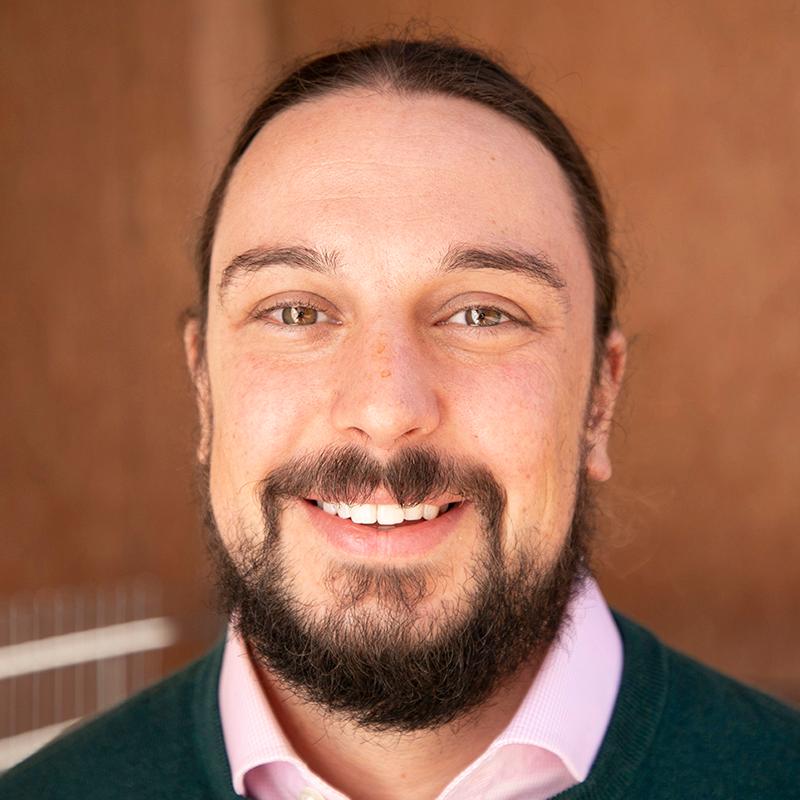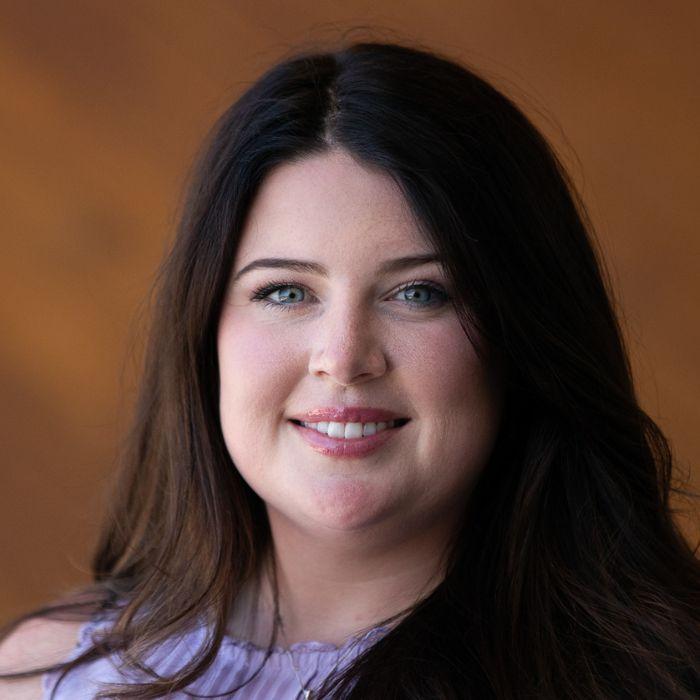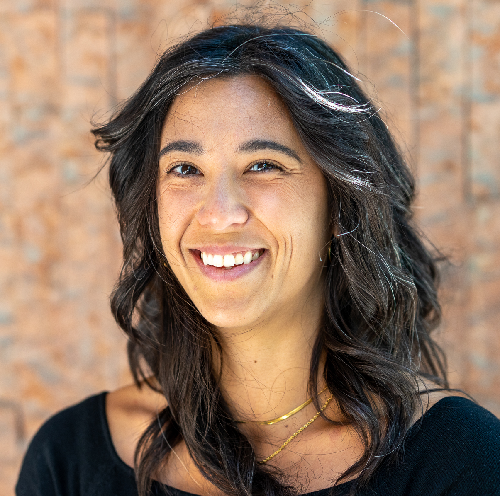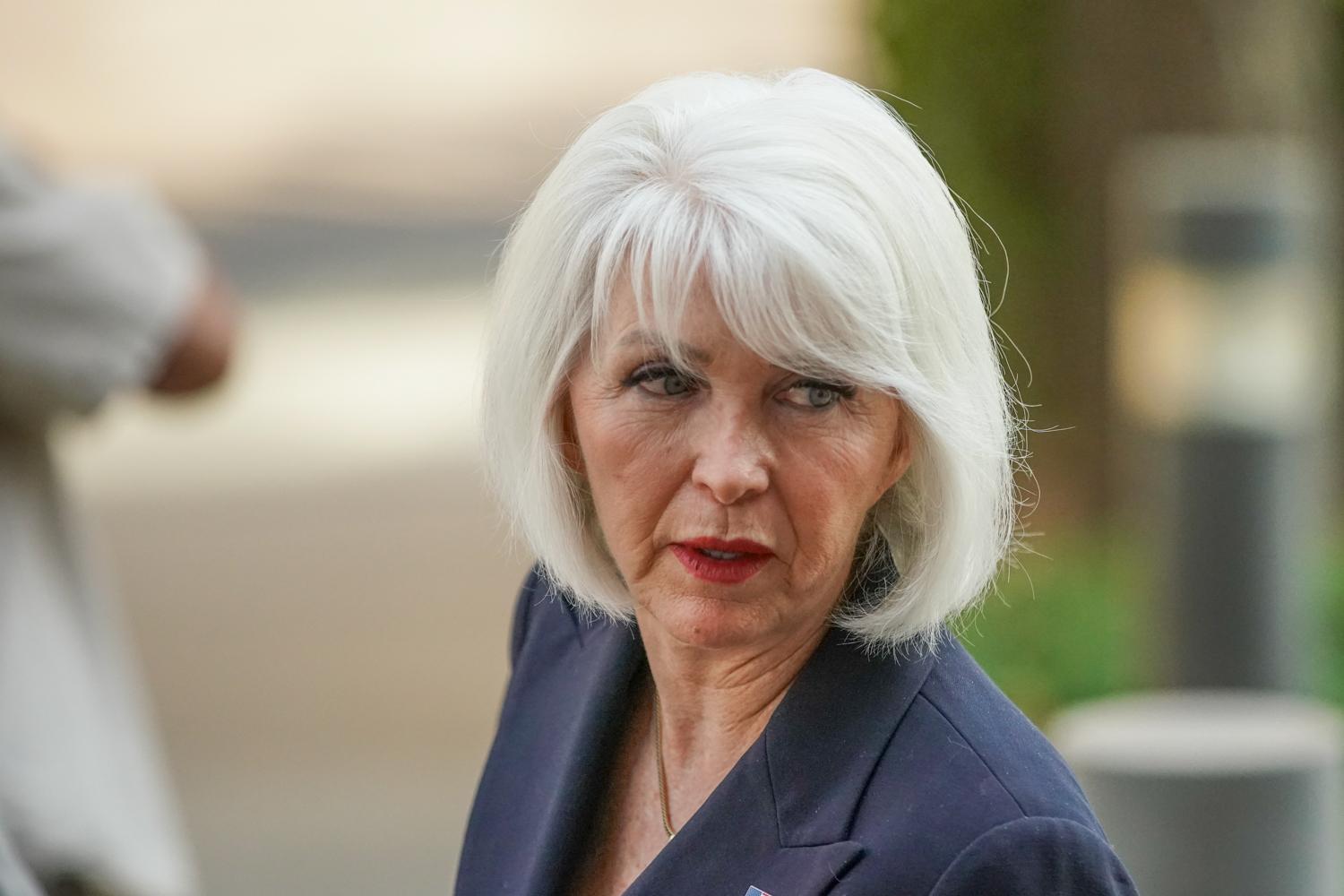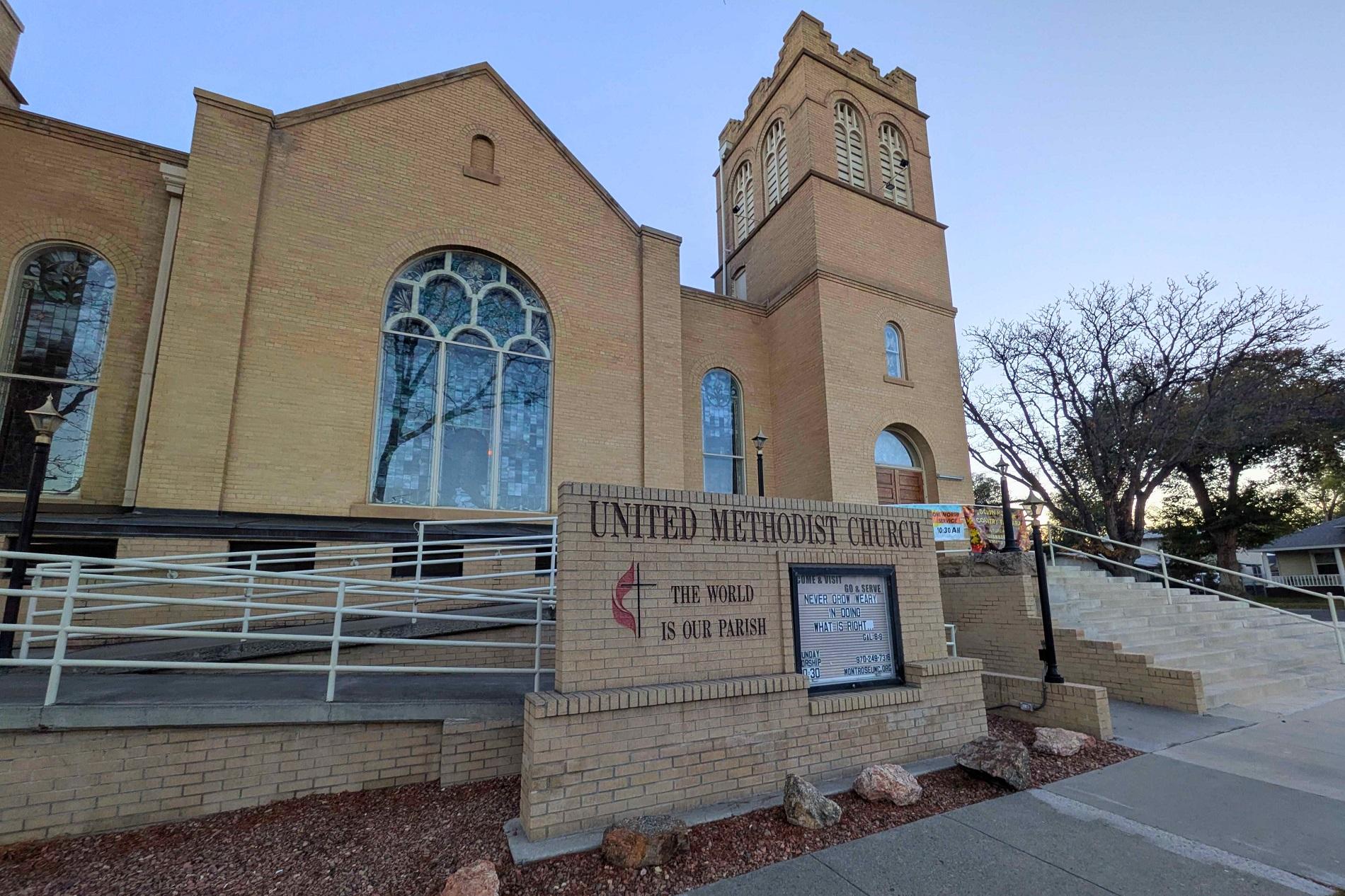
A dispute over whether unhoused residents camping on church property violates Montrose city nuisance ordinances played out Wednesday in the form of an exhaustive trial that featured 14 witnesses and was as much about municipal approaches to unhoused residents as it was the legal definition of junk or litter.
The Montrose United Methodist Church appeared in court on a series of consolidated citations related to a camp that was on their property last winter. Church leaders said they were responding to a government-caused crisis after city leaders strengthened a local camping ban just as winter was arriving, prompting an increase in the number of unhoused residents who sought to sleep in a quad behind the church.
“We were worried that the people would freeze to death,” Reverend Kevin Young testified.
But in the city’s case, the camp was a failure and hazardous to the community. Assistant City Attorney Matthew Magliaro painted a less charitable view of the church’s work, at one point calling it a “diorama of misery.”
“With the aftermath of a failed political statement, a broken covenant,” Magliaro began his opening statement. Hours later in closing, Marliaro expounded that the covenant in question was “bearing true witness and accountability under the law.” Failure to uphold those values, Magliaro said, is what leads to the establishment of “kings” and further community ills.
“It’s one of the reasons our society finds itself as lost in the wilderness as it is,” Magliaro said.
The church faces a host of zoning and other citations related to the camp, including storage of junk and litter and creating a nuisance. At the trial’s conclusion around 6:30 Wednesday evening, Municipal Court Judge Thomas LeClaire said he would issue a written ruling within a week. The camp itself closed for good in May of this year, with church leaders saying the unhoused crisis was larger than they could accommodate.
Harm reduction and a series of overdoses
While the actual charges in the trial were clustered to those accumulated during four days in mid-February, little of the trial’s focus was on that period of time.
Ahead of Wednesday’s hearing, LeClaire determined that the city could discuss issues related to the entire five-month period the camp was in operation and not just the four days in which the charges were focused. In explaining his reasoning, LeClaire noted that the case was a bench trial, meaning it would be decided by him and not a jury, and that he could then choose to weigh the added information as much or as little as was legally relevant.
Attorneys for the city took advantage of the leeway, bringing in several hours of testimony that included discussion of three overdoses in or near the camp, a crime map that showed an increase in police calls to a one-block radius around the church for a period of five months and extensive body-camera footage from police visits to the camp.
The overdose that drew the most attention was a fatal overdose that occurred on church property, though not in the camp.
Jock Fleming, an attorney representing the church, argued the elements of that overdose were irrelevant given that it occurred more than a month beyond the dates of the citations that were actually on trial. Even so, Fleming said, the overdose was illustrative of the church’s overriding goal: harm reduction for Montrose’ unhoused population.
“Of the three ODs, the two in the encampment were saved. The one person who was not in the encampment died,” Fleming said.
Fleming was book-ending a running thread throughout the trial that the church permitted the camp because city measures were insufficiently helping the unhoused population. Specifically, Fleming and witnesses for the defense pointed to the Montrose unhoused shelter, Lighthouse, which regularly has available beds but also features strict requirements for entry, notably around pets as well as drug and alcohol use.
Jennifer Jones, a social worker who testified for the church, called the abstinence-focused approach “archaic”. The church chose to permit around 20 or so guests based on a harm-reduction philosophy that Jones said is common for addiction treatment today. That meant guests were not allowed to have drugs, but it was understood issues with overdoses and substance abuse would happen and the goal was to preserve life rather than adhere to strict limits of sobriety.
“(Relapse) is not inevitable, but it is certainly common and expected,” Jones said.
The two non-fatal overdoses inside the camp were assisted by other residents in the camp administering Narcan, which reverses the effects of an opioid overdose. The fatality occurred outside the camp but still on church property and while church members argued the death could have been averted if someone were nearby to provide aid, the city argued it represented “the most notable failure” of the church’s endeavor.
“You would agree that’s a failure (of harm reduction), right? Death?” Magliaro asked Jones on cross examination.
The city presented 10 witnesses over the course of about six hours in making their case. That included two police detectives and three police officers as well as body-camera footage of responses to all three overdoses. Only one of the overdoses occurred during the days that were in question at trial, but Magliaro said the pattern was indicative of the nuisance created by the camp.
“Three overdoses, one fatal, in a 42-day span of time,” Magliaro said.
A data analyst for the Montrose Police Department testified that the city compared response calls for the church to other commercial lodging ventures. The closest comparison was an instance of two overdoses in 60 days at a Montrose hotel.
Waiting on a ruling
One of the central disputes over the citations in question was whether photos of the camp illustrated junk or the possessions of the residents within. Multiple officers testified that the area was unkempt, filled with stolen goods and littered with trash. Fleming argued that what the city saw as garbage were actually just the belongings of people in the camp.
Fleming pointed to testimony from people within and around the camp that items like cardboard and blankets served as insulation and shelter materials. He contrasted that with officer-testimony that the same items were junk.
“That is four reasonable people disagreeing about what they’re seeing,” Fleming said.
Before the trial, LeClaire ruled that the church could not cite religious freedoms in their justification for being out of compliance with permitted activities in the zoning code or the ordinance violations. In his close, Fleming acknowledged the ruling but said the order had considered the use of the Religious Land Use and Institutionalized Persons Act and not specifically the First Amendment right to Freedom of Religion.
In lieu of that argument, Fleming pointed to other defenses for the charges. That included the argument that the city was misapplying the junk ordinance; that the health and fire department never chose to cite the church for the camp; that the church predated the zoning rule that prohibited camping and that the church had a “choice of evils” defense because of the conflict created by the changes to the camping ban.
“The church, in choosing the evil of violating the ordinances, saved the evil of preventing two deaths,” Fleming said in close.
Magliaro rebutted Fleming’s argument, calling the defense “cobbled together” before ending the day’s proceedings with a comparison between the overdose death and the Good Samaritan parable from the Gospel of Luke.
Judge LeClaire said a ruling would be issued, likely by Nov. 5, summarizing the trial as “a very challenging case.”
- Ahead of trial centered on unhoused camp, judge blocks Montrose church from invoking faith-based defense
- District Court passes on legal spat over unhoused camp at church, citing Montrose municipal court jurisdiction
- Montrose judge denies city emergency request to potentially clear church camp for unhoused
- Montrose pastor who allowed unhoused residents to camp on church grounds appears in court
- Neighborly or nuisance? Western Colorado church’s unhoused solution lands them a court date
